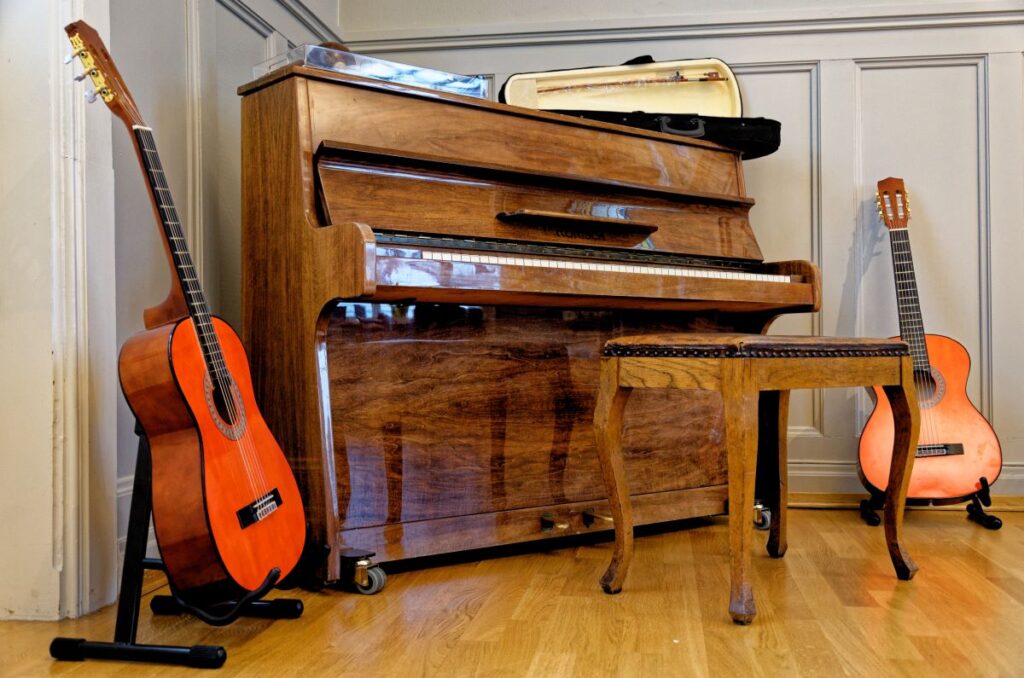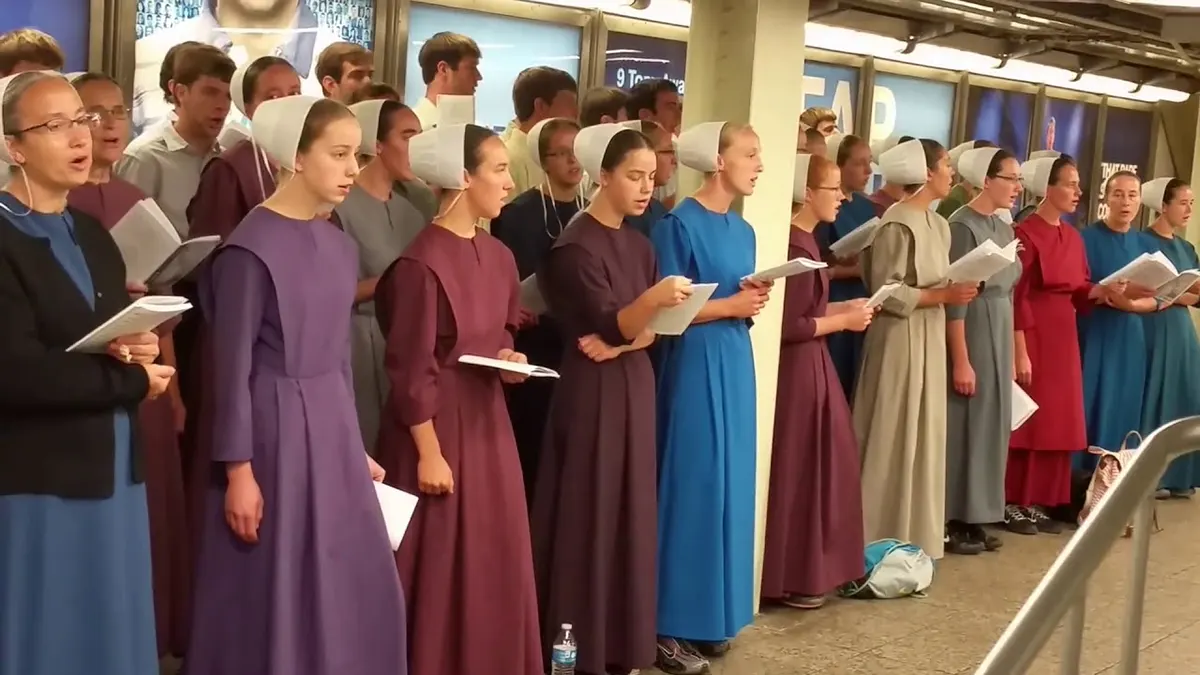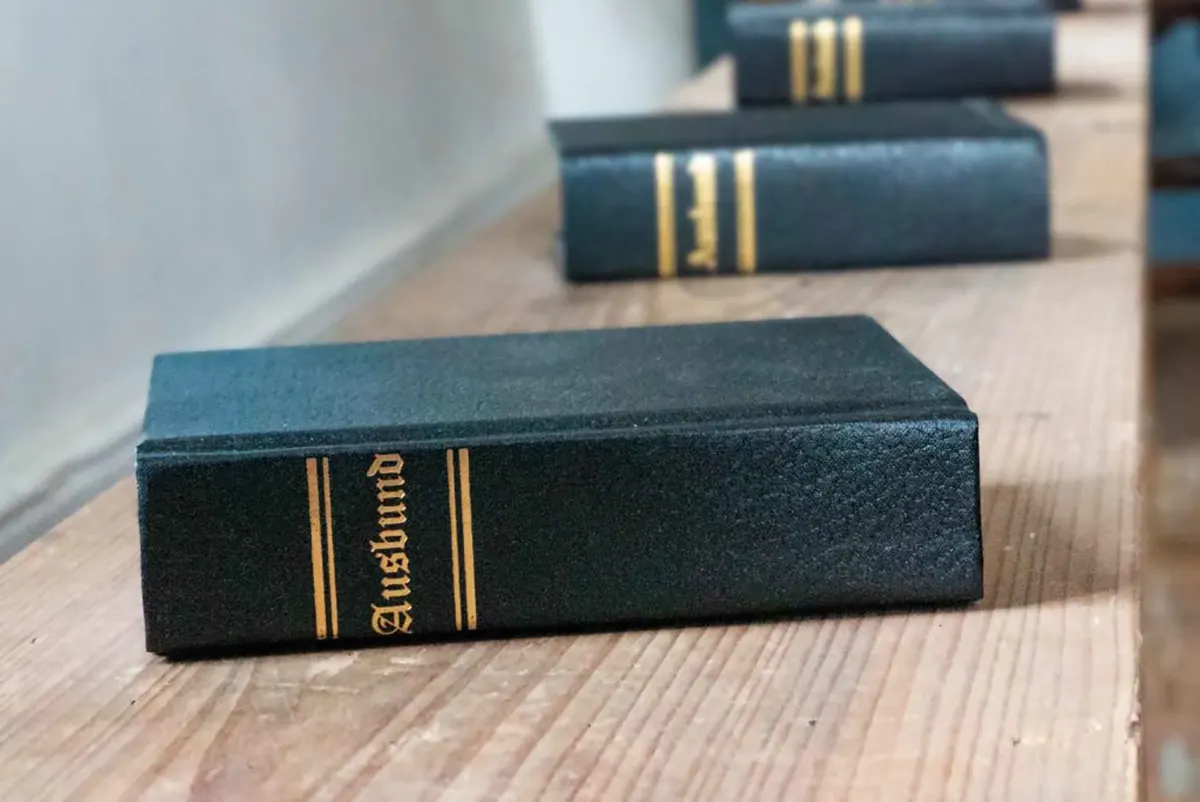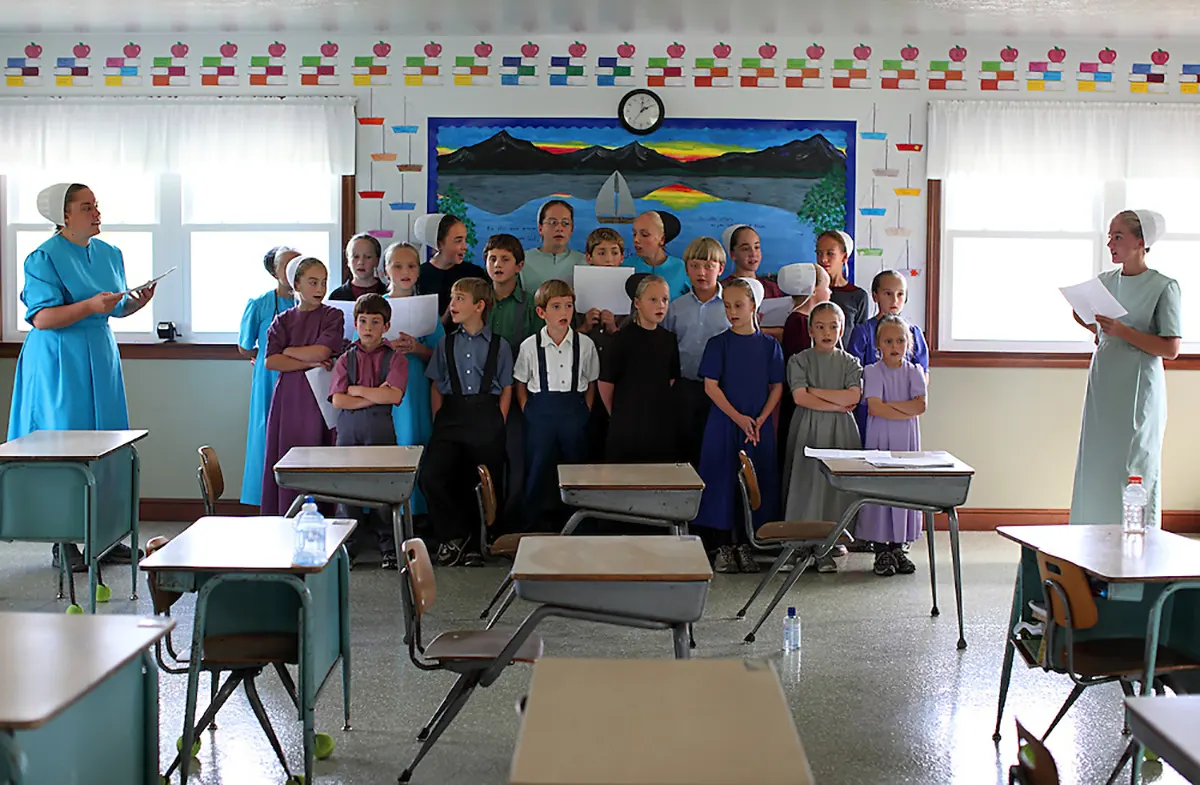
The Amish people, known for their adherence to a simple and traditional way of life, have a rich cultural heritage encompassing their distinctive dress, agricultural practices, and unique musical approach. While rooted in their religious beliefs and values, the role of music in Amish society extends beyond the boundaries of religious services, permeating various aspects of their lives.
In Amish communities, music is a powerful expression of religious worship and community bonding. Exploring the multifaceted role of Amish music in their culture sheds light on the significance of this art form within a community that cherishes tradition and emphasizes communal harmony.
Below is a guide to help you understand the importance of music in Amish culture.
The Role of Music in The Amish Culture
Music plays a significant role in Amish lifestyle and culture, although its role and acceptance can vary among different Amish communities and sects. The Amish communities generally engage in music as a form of expression and religious worship.
Singing is essential to worship in Amish churches, typically held in homes rather than traditional church buildings.
Hymns and spiritual songs are sung a cappella or without the accompaniment of musical instruments. This practice is rooted in the Amish interpretation of biblical passages highlighting simplicity and humility.
Beyond religious services, Amish music also plays a role in social gatherings and special occasions within the Amish community.
Songs are often sung during weddings, funerals, and community events, providing a means of celebration, mourning, and community bonding. Singing together helps reinforce the Amish community’s cultural identity and communal harmony.
Do the Amish Use Music In Church Services?
Amish hymnals, known as “Gesangbuchs,” contain songs that reflect Amish religious beliefs, traditions, and values. Singing together allows the Amish people to join their voices in praise and worship, fostering a sense of unity and spiritual connection.
The Amish Belief in Playing Musical Instruments
In many Amish churches, the Amish don’t play musical instruments. They avoid and discourage using such because they regard these as a form of self-expression that can provide a sense of superiority and pride – values that are the exact opposites of their beliefs.
A few Amish individuals learn how to play the harmonica and accordion. However, they can not play these instruments publicly as it may draw a mixed reaction from other Amish members. They believe that having performing individual talents may affect their sense of unity.
Amish Singing in Churches
The Amish singing style is distinctive, characterized by its “a cappella” nature, meaning it is performed without musical accompaniment. Here’s a description of the Amish music in churches:
A Cappella Hymns
Amish church music consists of hymns sung without instrumental accompaniment. The congregation sings harmoniously, blending their voices to create a unified and powerful sound.
This “a cappella” tradition has been passed down through generations and is deeply ingrained in Amish worship practices.
Four-Part Harmony
Amish hymns are typically sung in four-part harmony. The congregation divides into four sections: soprano, alto, tenor, and bass. Each section sings a different vocal line, creating a rich and harmonious texture.
The four-part harmony is carefully balanced, with each voice part contributing to the overall musical arrangement.
Shape-Note Singing
Shape-note singing is a unique feature of Amish music. The hymnal used by the Amish often employs shape notes, special symbols printed above the musical staff.
These symbols indicate the shape of the musical intervals and help singers quickly identify and pitch the notes.
Slow Tempo and Reverence
Amish music in churches tend to have a slower tempo, emphasizing a sense of solemnity and reverence.
The deliberate pace allows the congregation to focus on the lyrics and the spiritual meaning behind the hymns. The purpose is to create an atmosphere conducive to worship and reflection.
Participation and Community
Amish church singing is a participatory activity involving the entire congregation. The emphasis is on communal worship and unity rather than individual performance.
The songs are sung together, and the worshipers have a strong sense of camaraderie and shared faith.
Pennsylvania German Music
Many Amish hymns are sung in Pennsylvania German, reflecting the community’s cultural heritage and traditions. The Pennsylvania German lyrics often convey spiritual themes, biblical teachings, and messages of faith.
What is the Ausbund?
The Ausbund is a significant hymnbook the Amish community uses for Amish church service, particularly those of Swiss German Anabaptist origins.
The book holds great religious and historical importance to the Amish and is considered one of their most treasured and enduring cultural artifacts.
For the Amish, the Ausbund is not just a hymnbook. It serves as a repository of their history, a source of spiritual strength, and a reminder of the self-sacrifices made by their ancestors in the name of their faith.
Here are some key points about the Ausbund:
Origin and History
The Ausbund was first published in 1564 in Europe during the Protestant Reformation. It was compiled and edited by a group of Swiss Anabaptists, many imprisoned for their faith.
The hymns in the Ausbund were written by Anabaptist martyrs and believers who faced persecution for their religious convictions.
The Ausbund, which was originally titled as “Etliche schöne christliche Gesäng wie dieselbigen zu Passau von den Schweizer Brüdern in der Gefenknus im Schloss durch göttliche Gnade gedicht und gesungen warden. Ps. 139” which means “Several Beautiful Christian Songs Which Were Written and Sung Through God’s Grace by the Swiss Brethren in the Passau Castle Prison”, started with fifty-one songs composed by Anabaptists from Passau, Bavaria.
Michael Schneider, the leader, wrote eleven of these songs. Hans Betz may have written twelve others. These songs were composed in the dungeon of Passau Castle, where they were imprisoned between 1535 and 1540.
Content and Structure
The Ausbund contains a collection of over 100 hymns, known as “lieder” in German, with each hymn attributed to its author.
The melodies reflect the early Anabaptist movement’s religious experiences, faith, and endurance. They cover many themes, including martyrdom, baptism, discipleship, perseverance, and the hope of eternal life.
A Cappella Singing
The Ausbund is explicitly designed for “a cappella singing.” The hymns are written in four-part harmony, enabling the congregation to sing in unison and create a unified sound. The songs are often sung without instrumental accompaniment, aligning with the Amish “a cappella worship tradition.”
Continued Use and Tradition
The Ausbund holds a special place in Amish music, worship and culture. It continues to be used today, with many Amish congregations incorporating its hymns into their church services.
The songs are typically sung in the German language, preserving the linguistic heritage of the Amish community.
Symbolic Significance
The Ausbund represents a connection to the Anabaptist martyrs who faced persecution and even death for their faith.
The hymns contained in the Ausbund serve as a witness to the commitment and endurance of early Anabaptists, providing inspiration and spiritual guidance to present-day Amish life.
Do the Amish Allow Music in Schools?
Amish schools may prioritize religious songs, while others may have a broader range of hymns containing secular and cultural elements.
They often focus on oral tradition and learning through participation, so singing together is essential to the educational experience of the Amish children.
While the specific Amish music in schools may vary based on the local customs and traditions of each subgroup, here are a few examples of songs that Amish youth commonly sing:
Hymns and Spiritual Songs
Amish children often sing hymns and spiritual English songs as part of their religious education. These songs reinforce religious teachings, emphasize moral values, and instill a sense of faith and devotion.
The hymns may cover a range of religious themes, such as gratitude, love for God, humility, and the importance of community.
Ausbund Hymns
As mentioned earlier, the Ausbund is a significant hymnbook in Amish society. Some Amish schools incorporate hymns from the Ausbund into their curriculum, teaching children traditional songs that hold historical and religious importance.
Folk Songs and Traditional Tunes
In addition to religious hymns, Amish youth may also sing folk songs and traditional tunes. These songs often reflect the cultural heritage and values of the Amish community, celebrating their way of life, nature, and familial bonds.
Folk songs can provide a sense of identity and connection to their community’s traditions.
Seasonal and Holiday Songs
Amish schools may teach children songs related to specific seasons and holidays. For example, during Christmas, children might learn songs about the birth of Jesus or other religiously themed Christmas carols.
Similarly, songs associated with Easter or other significant religious holidays might be included in their repertoire.
Do Amish Listen to Music or Dance in Their Leisure Time?
In some old Order Amish communities, listening to non-Amish music is not permitted. They believe that doing so may inspire some individuals to pursue anything that is not inclined with the Amish rules and beliefs.
Some Amish communities today are okay with listening to some pop and country music. John Schmid, a famous folk and country singer, has captured many Amish and Old Order Mennonites’ hearts from the Holmes/Wayne Amish settlement in Ohio, where he resides.
He wrote his songs in both English and Pennsylvania German. Due to these, people started to label him the “Johnny Cash of Amish Country.”
On the other hand, dancing is strictly prohibited in many, if not all, Amish communities. The reasons behind this prohibition are rooted in their religious beliefs and cultural values against immodesty, worldly influences, and individualism.
However, some form of circle and folk dances during community events may be allowed in some less-conservative Amish groups.
Conclusion
Amish music plays a significant role in their culture, serving as a vital thread that weaves together their religious, cultural, and communal identity.
While the Amish approach to music may be characterized by simplicity and a focus on “a cappella singing” and strict rules against playing instruments, it encompasses diverse practices and beliefs.
Beyond religious contexts, the Amish engage with music that aligns with their values, including folk songs and certain forms of secular music.
Dancing, while often discouraged in traditional social settings, may find expression as an activity done as a group within their community events.
As the Amish people navigate the tension between preserving tradition and engaging with the broader world, their relationship with music continues to evolve, reflecting the nuanced tapestry of Amish culture and beliefs.





